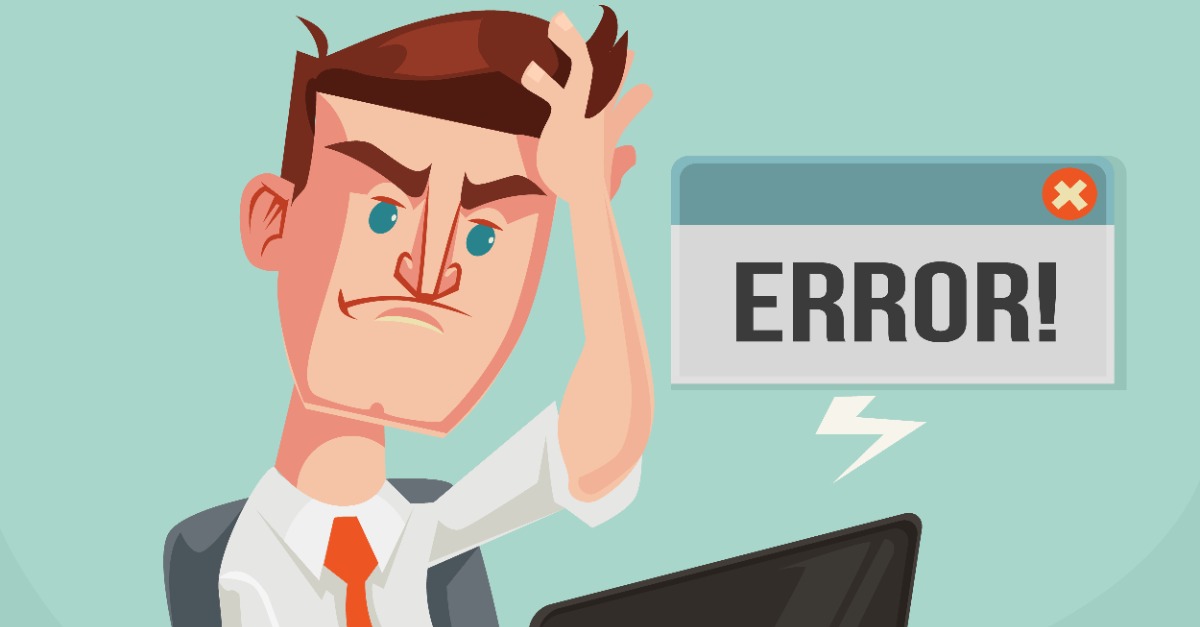15 Biggest Web Design Mistakes That Are Hurting Your Website

Web design mistakes can significantly impact the user experience, search engine ranking, and credibility of your website. In this wonderful article, we will delve into the 15 most common web design mistakes that many businesses and website owners make and discuss practical solutions for how to avoid them.
-
Ignoring Mobile Users and Responsive Design
It's crucial to prioritize mobile users, as a growing number of website visitors access content through mobile devices. Designing a responsive website that adapts to different screen sizes and operating systems ensures a seamless user experience for everyone.
-
Slow Page Load Time and Inefficient Features
Slow load times can frustrate users and negatively affect search engine rankings. Optimize your site by compressing images, using efficient code, and reducing the use of heavy features to improve website speed and user satisfaction.
-
Cluttered Layout and Poor Visual Elements
A visually appealing site design should not come at the cost of functionality. Strike a balance between visual elements and valuable information to create a clean layout that guides users to what they need quickly and efficiently.
-
Low-Quality and Irrelevant Images
Low-quality images can damage your website's credibility, while irrelevant images confuse users. Always select high-quality images that support your website's content and resonate with your target audience.
-
Inaccessible Design and Lack of Assistive Technologies
Accessibility should be a priority in web design, ensuring all users can navigate your site with ease. Incorporate assistive technologies and follow accessibility guidelines to make your site usable for everyone.
-
Hidden or Inefficient Search Bar
A hidden or inefficient search bar can be frustrating for users. Make sure your search function is easy to find and use, enabling users to locate the information they need without hassle.
-
Complicated User Journeys and High Interaction Cost
Seamless user experiences are vital for retaining visitors. Reduce the number of steps needed to complete tasks, and streamline user journeys to minimize interaction costs and boost user satisfaction.
-
Poorly Designed Contact Page
A well-designed contact page enhances credibility and makes it easy for users to get in touch. Ensure your contact information is clear, easy to find, and up-to-date.
-
Generic or Missing Page Titles and Meta Descriptions
Effective page titles and meta descriptions improve search engine ranking and user experience. Craft unique, descriptive titles and meta descriptions that accurately reflect your web page's content.
-
Inadequate User Research and Target Audience Understanding
Understanding user needs and target customers is essential for effective web design. Incorporate user research and usability testing throughout the design process to create a site tailored to your audience.
-
Overuse of Pop-Ups and Irrelevant Ads
Excessive pop-ups and irrelevant ads can annoy users, ultimately driving them away. Balance digital marketing efforts with user experience by minimizing intrusive advertising.
-
Poorly Written or Insufficient Website Content
Effectively communicating your business purpose is key. Create informative and engaging content that speaks to your target audience and showcases your unique selling points.
-
Overuse of Font Styles and Inconsistency in Design
Too many font styles and design inconsistencies can distract users and hinder the user experience. Maintain a cohesive design across web pages by using a consistent color scheme, font, and layout.
-
Lack of Website Credibility and Trust Signals
Establishing trust with visitors is crucial for conversion. Display credibility indicators such as testimonials, certifications, and secure payment options to build trust and boost your website's credibility.
-
Neglecting Analytics and Continuous Improvement
Regularly monitoring website performance and user behavior helps identify areas for improvement. Make data-driven decisions to enhance your site design and overall user experience.
Conclusion
By addressing these common website design mistakes, businesses and website owners can create a more engaging and effective online presence. This comprehensive guide serves as a great starting point for both new website owners and experienced web designers to ensure they are meeting the needs of their users while maintaining a visually appealing and functional website. Implementing these practical solutions will contribute to a better user experience, improved search engine rankings, and increased credibility for your site. Always keep in mind that continuous improvement and adaptation to user needs and preferences are essential for long-term success in the digital world.

